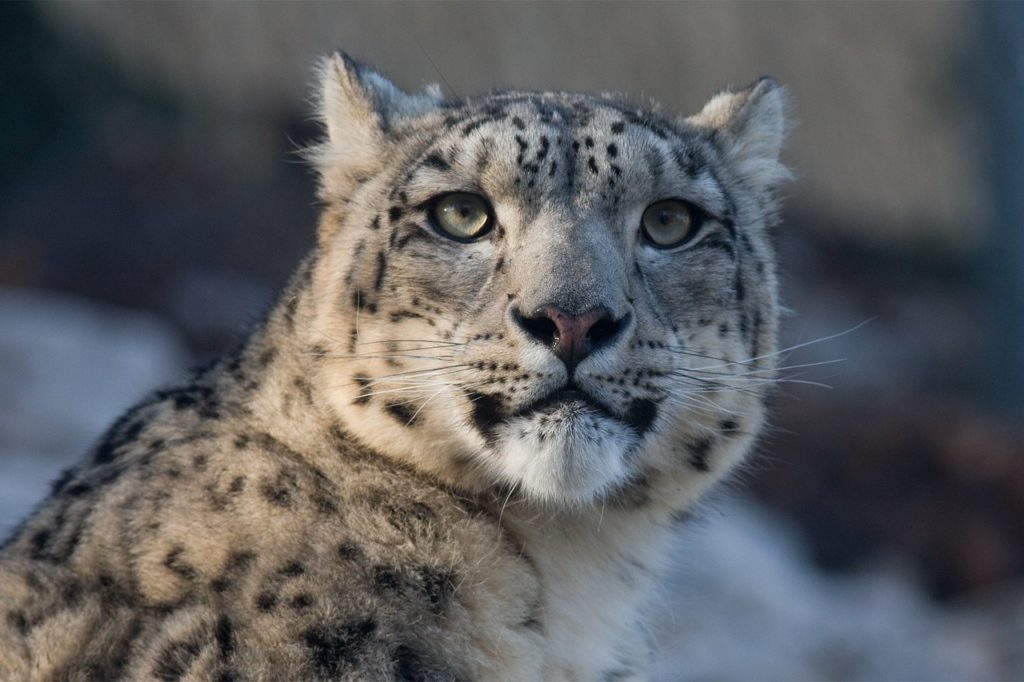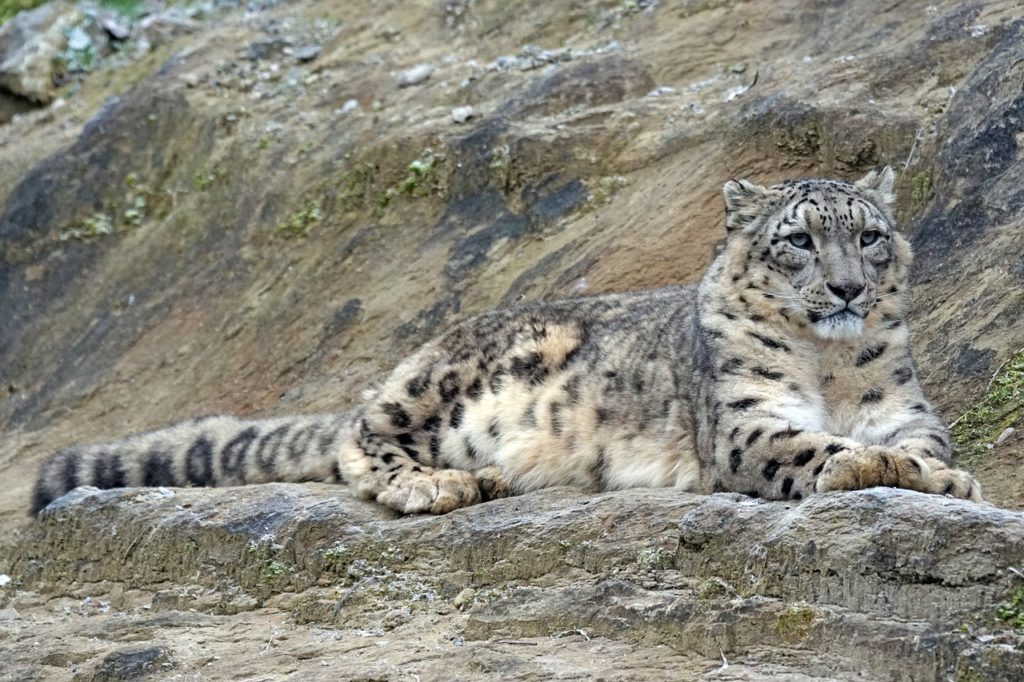Afghanistan is one of the few countries in the world that the elusive snow leopard calls home. The secretive big cat inhabits the high mountains of Central Asia—some of the most remote landscapes on the planet—and the Wakhan Corridor of northeastern Afghanistan marks the westernmost edge of its territory.
Since ancient times, the snow leopard has been a sacred animal and an important cultural symbol for the mountain people with whom it shares its territory. Despite this status, however, the last several decades have seen the snow leopard pushed to the brink of extinction due to poaching, illegal trade, and the loss of habitat and prey due to development and expansion. At one point, estimates placed the snow leopard population of Afghanistan at only 50 to 60 animals.

A brighter future for the snow leopard?
Today, experts are hopeful that the snow leopard’s numbers will rise again due in large part to the efforts of a variety of country government agencies and NGOs that are making the preservation of this mysterious species a top priority. One organization dedicated to saving the snow leopard is the Global Snow Leopard & Ecosystem Protection Program (GSLEP). Based in the Kyrgyz Republic, GSLEP brings together country governments, non-governmental and inter-governmental organizations, local communities, and private sector representatives on a shared mission to conserve snow leopards and their precious high-mountain ecosystems.
To date, GSLEP has been remarkably successful in uniting these diverse stakeholders and in making progress by working together. In 2013, under the umbrella of GSLEP, the governments of all 12 of the snow leopard’s range countries—including Afghanistan, China, India, and Russia—unanimously adopted the Bishkek Declaration on the Conservation of the Snow Leopard, a resolution which outlined each government’s commitment to protecting and recovering snow leopard populations and habitats. The goal of the declaration is to secure at least 20 different snow leopard landscapes across the animal’s range by the year 2020 (a secure snow leopard landscape is one that is home to at least 100 breeding age snow leopards). According to recent reports from Afghanistan’s National Environmental Protection Agency, the snow leopard’s numbers have significantly increased over the last few years.
What you need to know about snow leopards.

Interestingly, for all of their cultural significance, few people know much about the iconic snow leopard. The cat is rarely seen by humans, and due to its secretive behavior, many details about its life and habits remain a mystery. However, as a result of the increased conservation work that has been undertaken in recent years (including technological advancements like remote-triggered camera captures), our knowledge of snow leopards has been steadily increasing. Read on to learn some amazing facts about this unique species and to obtain an up close and personal look at one of the world’s most enigmatic animals.
Snow leopards are high-altitude specialists—Snow leopards tend to live above the treeline in high-altitude forests, alpine meadows, and high rocky areas, usually at elevations of 2,700 to 5,000 meters. In Russia, they have been observed at elevations as low as 540 meters, but their preferred terrain is steeper and more remote. In general, they favor broken rocky terrain and irregularly sloping areas and tend to avoid major valleys, forested areas, extensive open areas, and regions with a strong human presence.
Snow leopards are solitary—Like some other species of big cats, snow leopards are solitary animals who live and roam alone for most of their lives. The exception to this is mating pairs and females with their litters. Young snow leopards generally leave their mothers and siblings at about 18 to 22 months of age.
Snow leopards can travel long distances—Due to their solitary habits, snow leopards are widely dispersed over their territory and must often travel long distances to find prey and a remote habitat. Dispersing leopards (leopards that leave their family groups) have been known to traverse up to 65 kilometers of open terrain to reach more isolated, rocky territories, and some snow leopards have been recorded as far as 200 kilometers from their usual haunts.
Snow leopards are opportunistic predators—While some animals are specialized predators (only preying on specific species), snow leopards are what are known as “opportunistic predators.” What this means is that they hunt a wide variety of prey and may scavenge when possible and necessary. While their principal prey are ibex and blue sheep, they are capable of killing prey up to three times their own weight. Therefore, throughout their territory, the only animals unavailable to them as prey are adult camels, wild yak, and kiang. In terms of prey, snow leopards kill a large hooved animal (or equivalent) every 10 to 15 days and can stay with it for up to a week if they are not disturbed.

